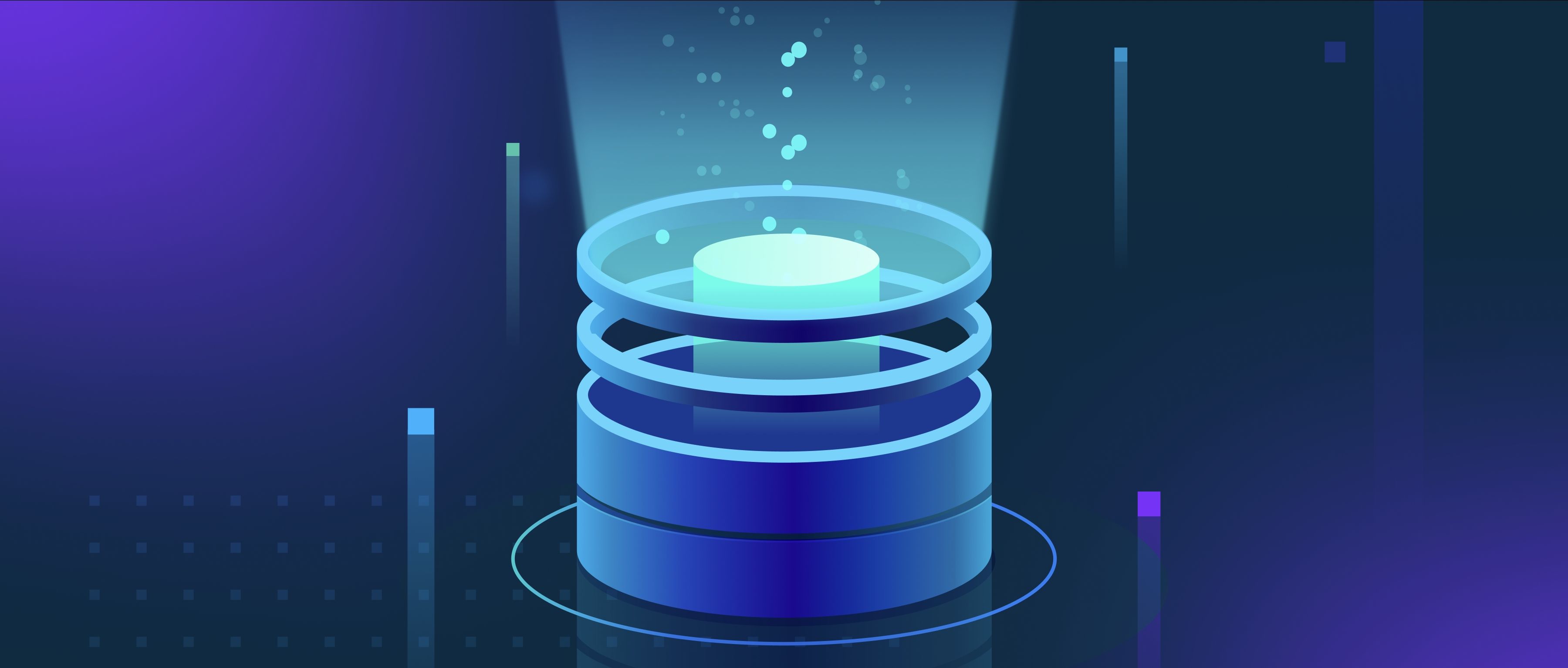AI significantly enhances predictive analytics by improving the accuracy and efficiency of forecasting models. Traditional predictive analytics relies on historical data and statistical methods to identify trends and make predictions. However, incorporating AI allows for more sophisticated algorithms, such as machine learning models, that can analyze large volumes of data quickly, detect patterns, and adjust predictions in real-time. For example, a retailer can use AI-powered predictive analytics to analyze customer behavior and optimize inventory levels. By processing data from various sources, including online shopping trends, social media interactions, and seasonal factors, the system can forecast demand more accurately than simpler models.
Another crucial impact of AI on predictive analytics is its ability to handle unstructured data. Traditional analytics primarily focuses on structured data from databases, but much of the valuable information comes from unstructured sources like social media posts, images, or customer reviews. AI techniques, particularly natural language processing (NLP), allow analysts to extract insights from this unstructured data. For instance, a financial institution might analyze customer feedback on social media to predict future purchasing behavior or assess customer sentiment around new products.
Finally, AI enables continuous learning and adaptation in predictive analytics models. As new data becomes available, AI systems can retrain themselves and refine their forecasting capabilities. This ongoing learning process means that predictive models remain relevant as conditions change, such as economic fluctuations or shifting consumer preferences. In practical applications, a healthcare provider can utilize AI to predict patient outcomes by adjusting models based on the latest clinical data, ensuring they provide the best care while optimizing resource allocation. Overall, AI's integration into predictive analytics allows for more accurate predictions, richer insights from varied data sources, and models that evolve to meet changing circumstances.
